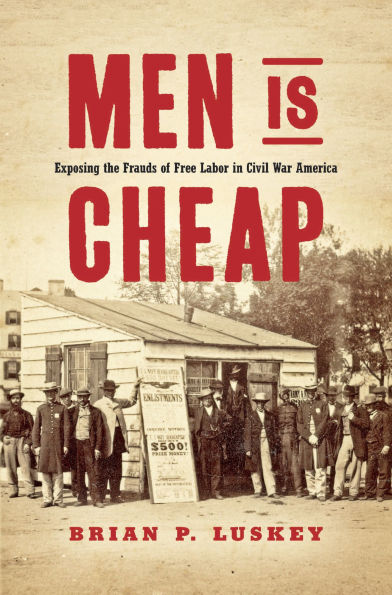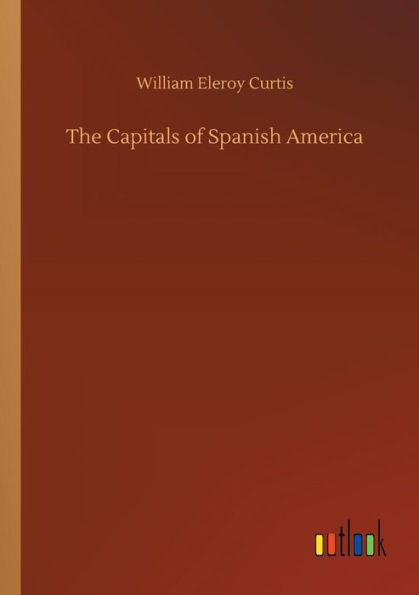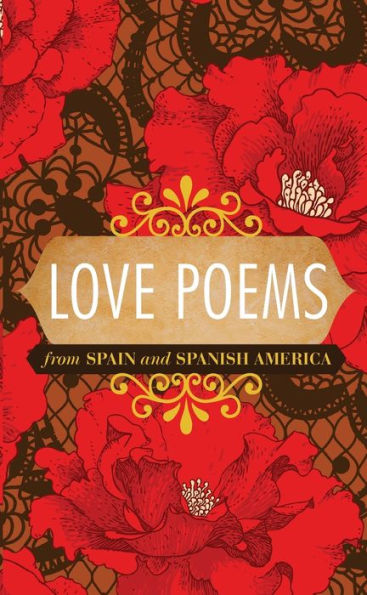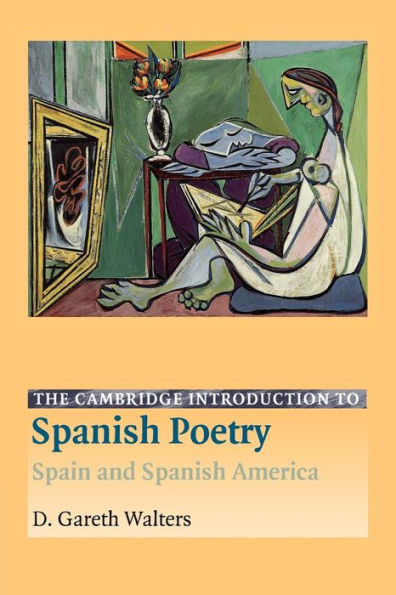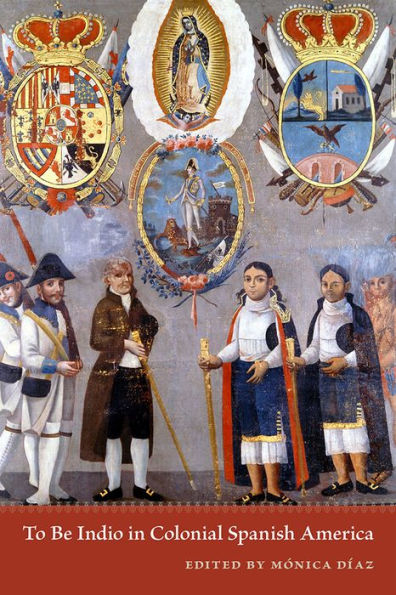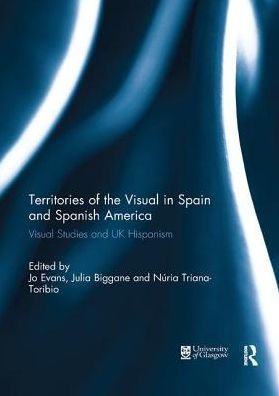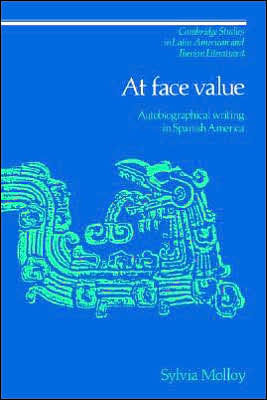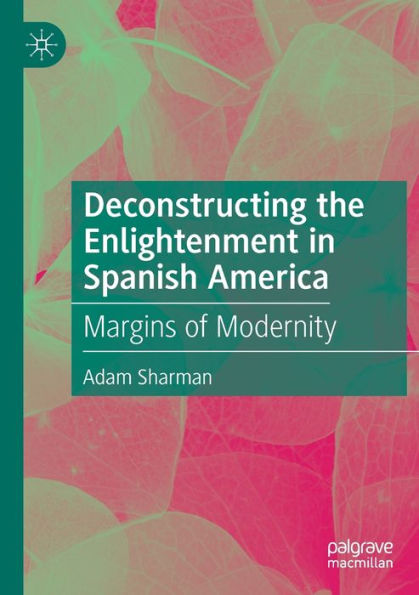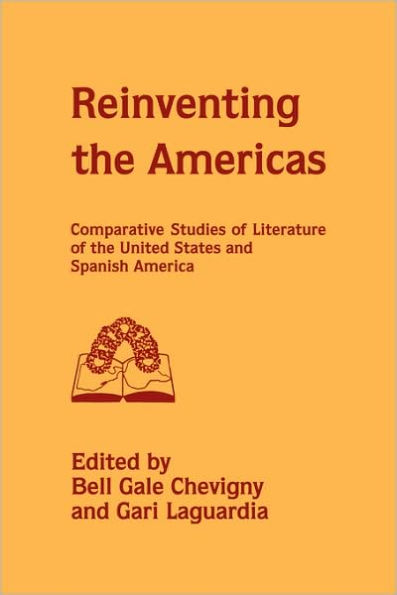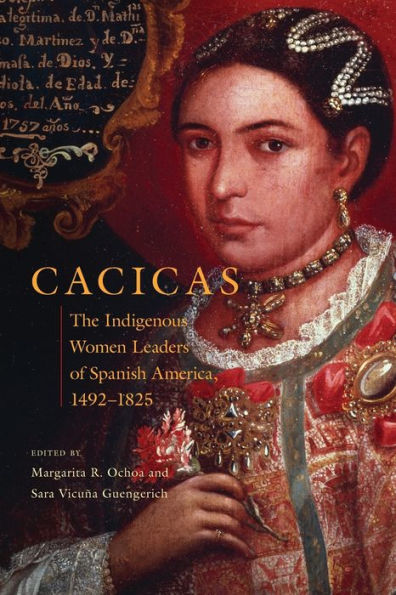Home
Hierarchy, Commerce, and Fraud in Bourbon Spanish America: A Postal Inspector's Expose
Barnes and Noble
Loading Inventory...
Hierarchy, Commerce, and Fraud in Bourbon Spanish America: A Postal Inspector's Expose in Franklin, TN
Current price: $39.95

Barnes and Noble
Hierarchy, Commerce, and Fraud in Bourbon Spanish America: A Postal Inspector's Expose in Franklin, TN
Current price: $39.95
Loading Inventory...
Size: OS
Using
El lazarillo de ciegos caminantes
(the "Guide for Blind Rovers" by Alonso Carrio de Lavandera, the best known work of the era) as a jumping off point for a sprawling discussion of 18th-century Spanish America, Ruth Hill argues for a richer, more nuanced understanding of the relationship between Spain and its western colonies. Armed with primary sources including literature, maps, census data, letters, and diaries, Hill reveals a rich world of intrigue and artifice, where identity is surprisingly fluid and always in question. More importantly, Hill crafts a complex argument for reassessing our understanding of race and class distinctions at the time, with enormous implications for how we view conceptions of race and class today.
El lazarillo de ciegos caminantes
(the "Guide for Blind Rovers" by Alonso Carrio de Lavandera, the best known work of the era) as a jumping off point for a sprawling discussion of 18th-century Spanish America, Ruth Hill argues for a richer, more nuanced understanding of the relationship between Spain and its western colonies. Armed with primary sources including literature, maps, census data, letters, and diaries, Hill reveals a rich world of intrigue and artifice, where identity is surprisingly fluid and always in question. More importantly, Hill crafts a complex argument for reassessing our understanding of race and class distinctions at the time, with enormous implications for how we view conceptions of race and class today.
Using
El lazarillo de ciegos caminantes
(the "Guide for Blind Rovers" by Alonso Carrio de Lavandera, the best known work of the era) as a jumping off point for a sprawling discussion of 18th-century Spanish America, Ruth Hill argues for a richer, more nuanced understanding of the relationship between Spain and its western colonies. Armed with primary sources including literature, maps, census data, letters, and diaries, Hill reveals a rich world of intrigue and artifice, where identity is surprisingly fluid and always in question. More importantly, Hill crafts a complex argument for reassessing our understanding of race and class distinctions at the time, with enormous implications for how we view conceptions of race and class today.
El lazarillo de ciegos caminantes
(the "Guide for Blind Rovers" by Alonso Carrio de Lavandera, the best known work of the era) as a jumping off point for a sprawling discussion of 18th-century Spanish America, Ruth Hill argues for a richer, more nuanced understanding of the relationship between Spain and its western colonies. Armed with primary sources including literature, maps, census data, letters, and diaries, Hill reveals a rich world of intrigue and artifice, where identity is surprisingly fluid and always in question. More importantly, Hill crafts a complex argument for reassessing our understanding of race and class distinctions at the time, with enormous implications for how we view conceptions of race and class today.
